How a Commercial Locksmith Service Copies Keys
Understanding the process and technology behind key duplication services provided by professional commercial locksmith service is crucial for businesses looking to ensure security and accessibility. Key duplication is not just about cutting a piece of metal but involves a set of skills and technology that ensure a perfect match with the original. This practice involves a broad spectrum of knowledge regarding key types, cutting techniques, and security considerations. Locksmiths not only serve as keys creators but also as gatekeepers of security for businesses. This article explores the methods, technologies, and considerations involved in key duplication by locksmiths.
Understanding Different Types of Keys
Residential and commercial keys serve similar purposes but are designed for different environments. Residential keys are typically simpler in design, often intended for fewer users, and do not usually require high-security features. On the other hand, commercial keys, used in businesses and office buildings, are fortified with features that make unauthorized duplication more challenging. These differences are crucial as they dictate the complexity and security measures a locksmith must consider when duplicating the keys. Commercial setups often require additional layers of security and authority verification due to the larger scale of access control and the potential for sensitive data exposure.
Standard keys are typically flat, with a series of notches that correspond to the pins within a lock. These are the most common keys and can be easily duplicated using conventional machines. High-security keys, however, incorporate intricate designs, patent protections, and require specialized machinery for duplication. These keys are engineered to resist picking and unauthorized duplication, often requiring proof of ownership before a copy can be made. The enhanced complexity of high-security keys ensures higher levels of protection, important for commercial properties that store high-value assets or sensitive information.
Decoding Devices
The primary tool in key duplication is the key cutting machine, a device that traces the original key's shape and cuts a matching blank. These machines are integral in reproducing precise and functional keys and exist in various models, from manual to fully automatic versions. The precision with which these machines work determines the success of the key duplication process. According to HomeGuide, it typically takes less than five minutes to copy a key using these machines. Their effectiveness is essential in creating a key that is not only a copy but a perfect match for the original.
Laser key cutting represents a technological advancement that has revolutionized the duplication process. This precision-driven technology allows for a higher degree of accuracy when duplicating keys, particularly those with intricate designs. Lasers can create cuts with much finer detail than traditional methods, providing a better fit with the lock. This technology is especially useful for high-security keys, allowing locksmiths to create near-perfect replicas efficiently and securely. The advent of laser cutting underscores the blend of commercial locksmith service with modern technological advancements.
Decoding devices are crucial for understanding the complexities of a key's design, particularly for those that are high-security or irregular. These devices allow locksmiths to read a key's cut depths and spacing without needing to disassemble a lock. This information is vital for creating an accurate duplicate, especially in situations where the original key has been worn down or damaged. Using decoding devices streamlines the duplication process, reducing the risk of errors. Their role is critical in efficiently managing the intricate details involved in sophisticated key systems.
Choosing the Appropriate Key Blank
The key duplication process starts with an initial assessment and consultation between the locksmith and the client. During this stage, the locksmith evaluates the type of key and the client's specific needs, including any security considerations that must be adhered to. This consultation is vital for understanding the context in which the duplicate will be used, ensuring that security and functionality are prioritized. The locksmith may inquire about authorization for duplication, especially for high-security or restricted keys. Consulting sets the stage for a tailored duplication process that aligns with the client's requirements and security policies.
After assessment, the locksmith selects the appropriate key blank from a vast array of options. This choice is based on the specific type of key being duplicated as well as the lock type it will be used with. The correct key blank is foundational to a successful duplication as it dictates the physical compatibility with the lock. This stage requires a detailed understanding of key and lock types, which is a critical skill for locksmiths. Ensuring the right blank is selected helps avoid potential malfunctions and maintains security standards.
Alignment and calibration of cutting machines are crucial steps that assure the accuracy of the duplication process. Locksmiths meticulously configure the machines based on the specific dimensions of the original key. Proper calibration is essential to prevent mistakes that could result in a non-functional duplicate. This process often requires patience and an eye for detail, ensuring that each cut replicates the original key’s specifications. Calibration exemplifies the meticulous nature of commercial locksmith services, blending craftsmanship with technical expertise to deliver precise results.
Complying with Legal and Safety Standards
Security in key duplication begins with verifying the authorization and ownership of the key to be duplicated. This procedure ensures that only individuals with the proper authority can request a duplicate, preventing unauthorized access. Locksmiths typically require identification or proof of ownership, especially for high-security or restricted key systems. This security measure is essential in preventing illegal access and maintaining the integrity of the client's security framework. The verification process demonstrates the proactive steps commercial locksmith service take to prioritize security.
Handling of key blanks is another important security consideration, as these uncut keys could pose a threat if mishandled. Professional locksmiths implement strict protocols for storing and using key blanks, ensuring they are not accessible to unauthorized individuals. Proper handling prevents the creation of unauthorized duplicates and aligns with security standards. This diligence emphasizes the responsibility locksmiths have in maintaining security throughout the duplication process. Safe handling of key blanks contributes to the overall security strategy of a business or individual.
Integrating with Digital Technology
The future of key duplication technology is increasingly intertwined with digital advancements, providing enhanced capabilities and security measures. Digital integration allows locksmiths to provide more sophisticated solutions, such as key duplication that integrates seamlessly with digital access systems. This merger of physical and digital solutions enhances security by complementing mechanical security with electronic safeguards. Integration also facilitates easier management of complex access systems, improving efficiency and convenience for clients. Embracing digital technology reflects the transformation of traditional locksmith services into modern, comprehensive security solutions.
Biometric key systems represent the pinnacle of security advancements, utilizing unique biological traits for access control. Locksmiths must develop specialized skills and tools to work within these systems, offering duplication and repair services that maintain their integrity. The growing use of biometrics poses new challenges and opportunities for locksmiths, who must balance security with user convenience. As the adoption of biometric keys becomes more widespread, locksmiths need to stay ahead with cutting-edge techniques and technologies. The rise of biometric systems highlights the shift towards personalized and highly secure access control solutions.
The key duplication process is a sophisticated blend of traditional craftsmanship and modern technology. As commercial locksmith services continue to evolve with advancements in security and technology, businesses can expect even more secure and accessible key duplication solutions tailored to their needs. Embracing both technological innovation and traditional expertise ensures locksmiths remain pivotal in managing access control and security. The evolving landscape presents new opportunities and challenges, ensuring locksmiths are central actors in an ever-complex security environment. Ultimately, the future of key duplication is bright, defined by continuous innovation and commitment to excellence. For more information about the services that we offer, reach out to our incredible team at American Security Safe & Lock today!

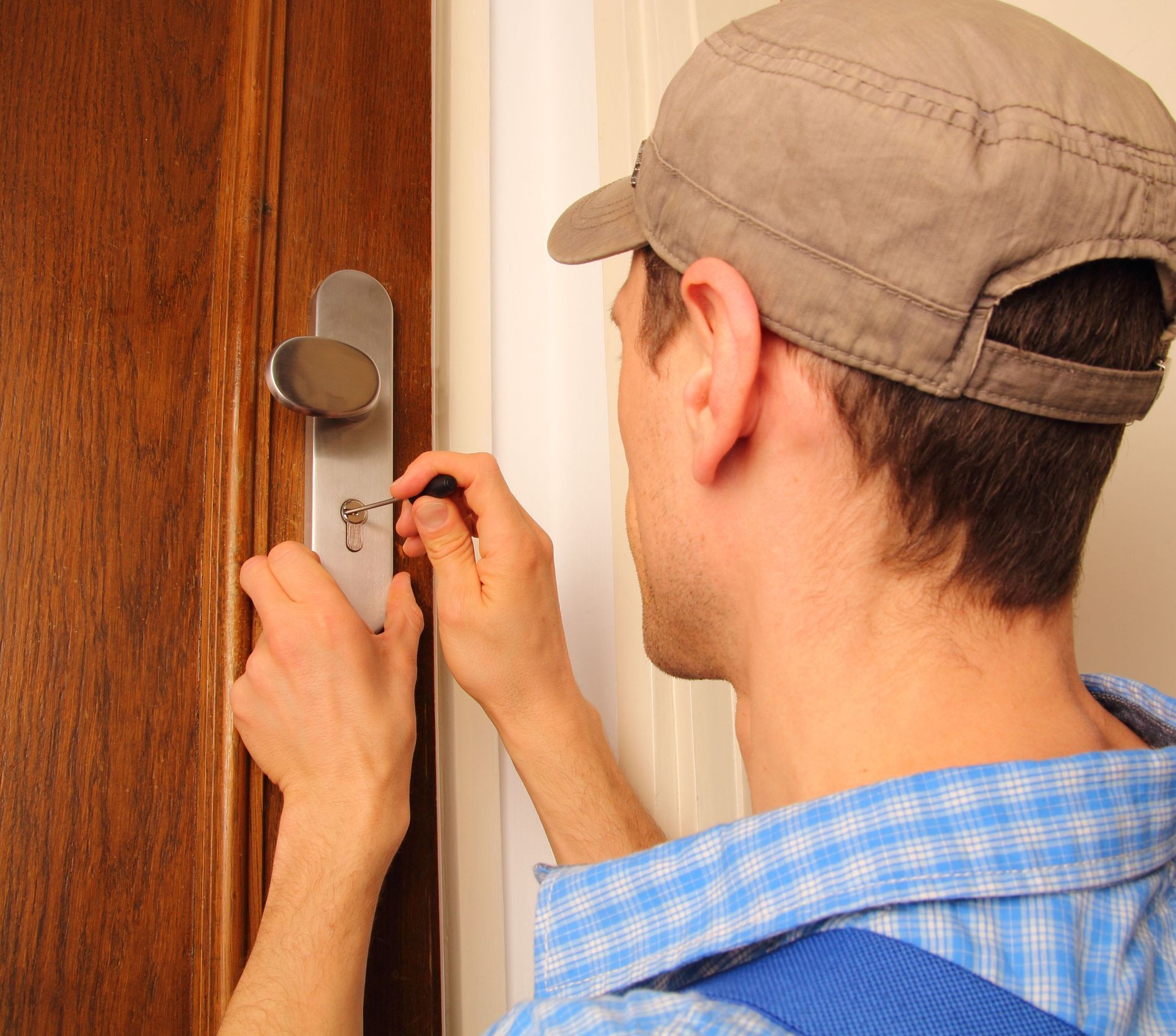
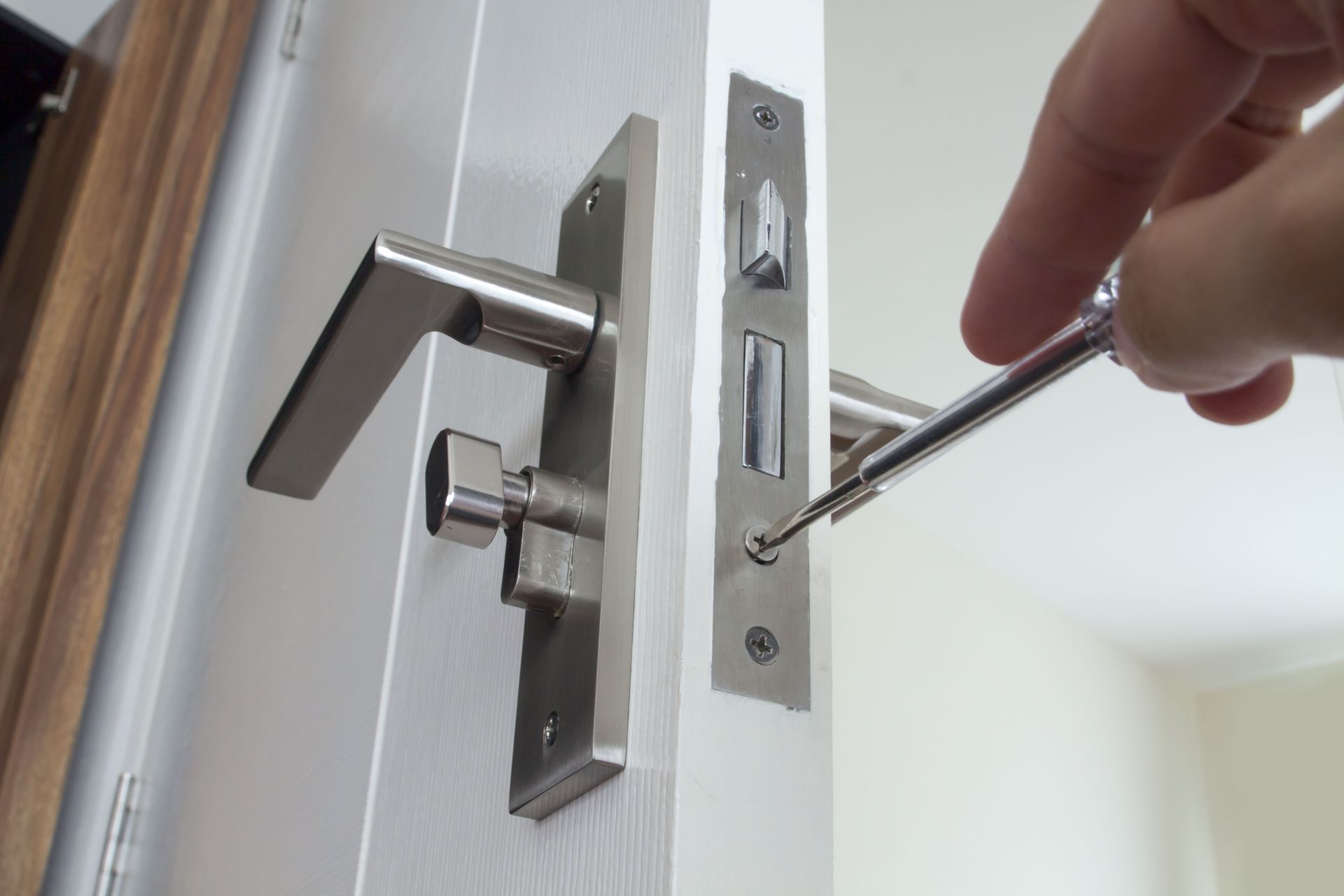
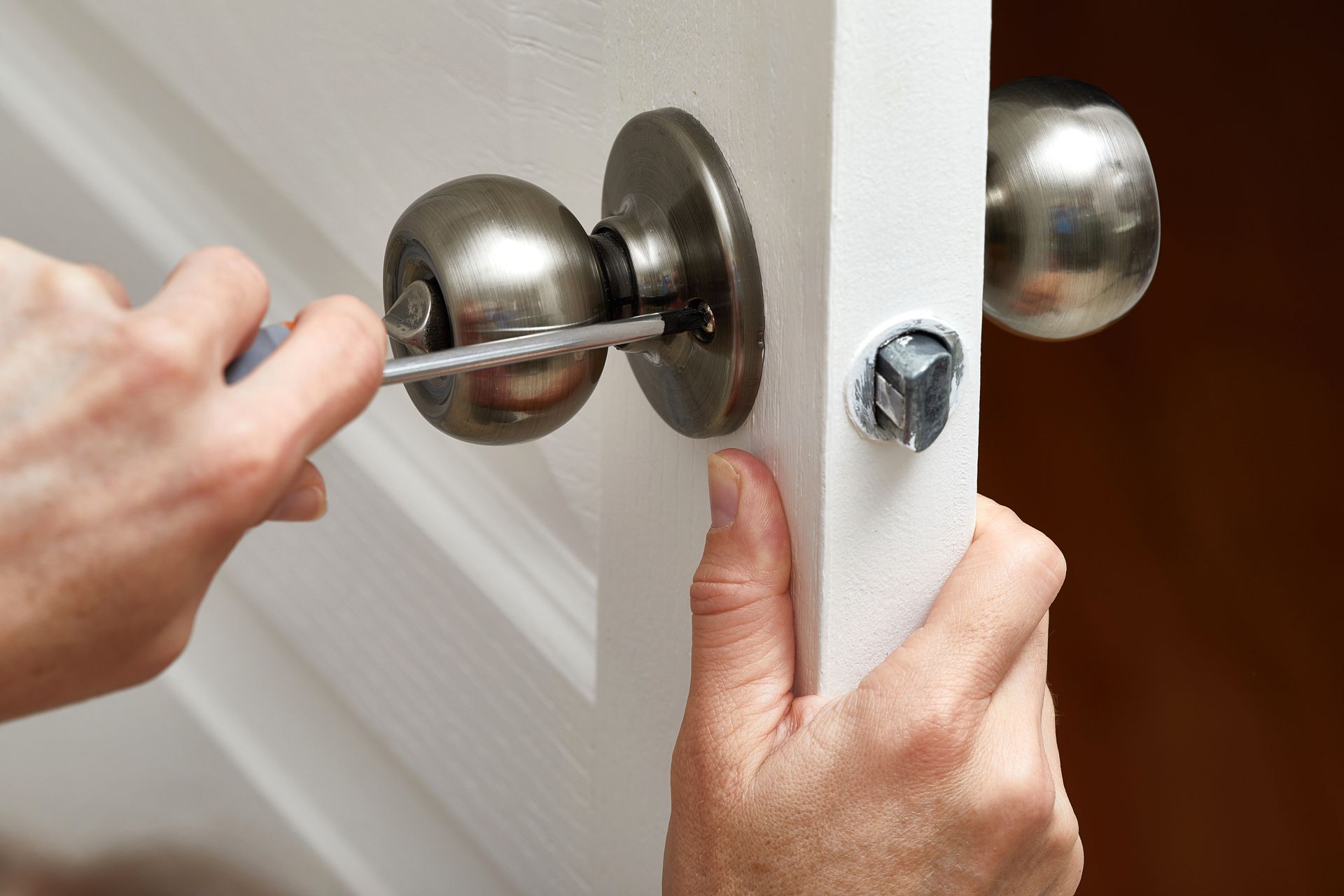
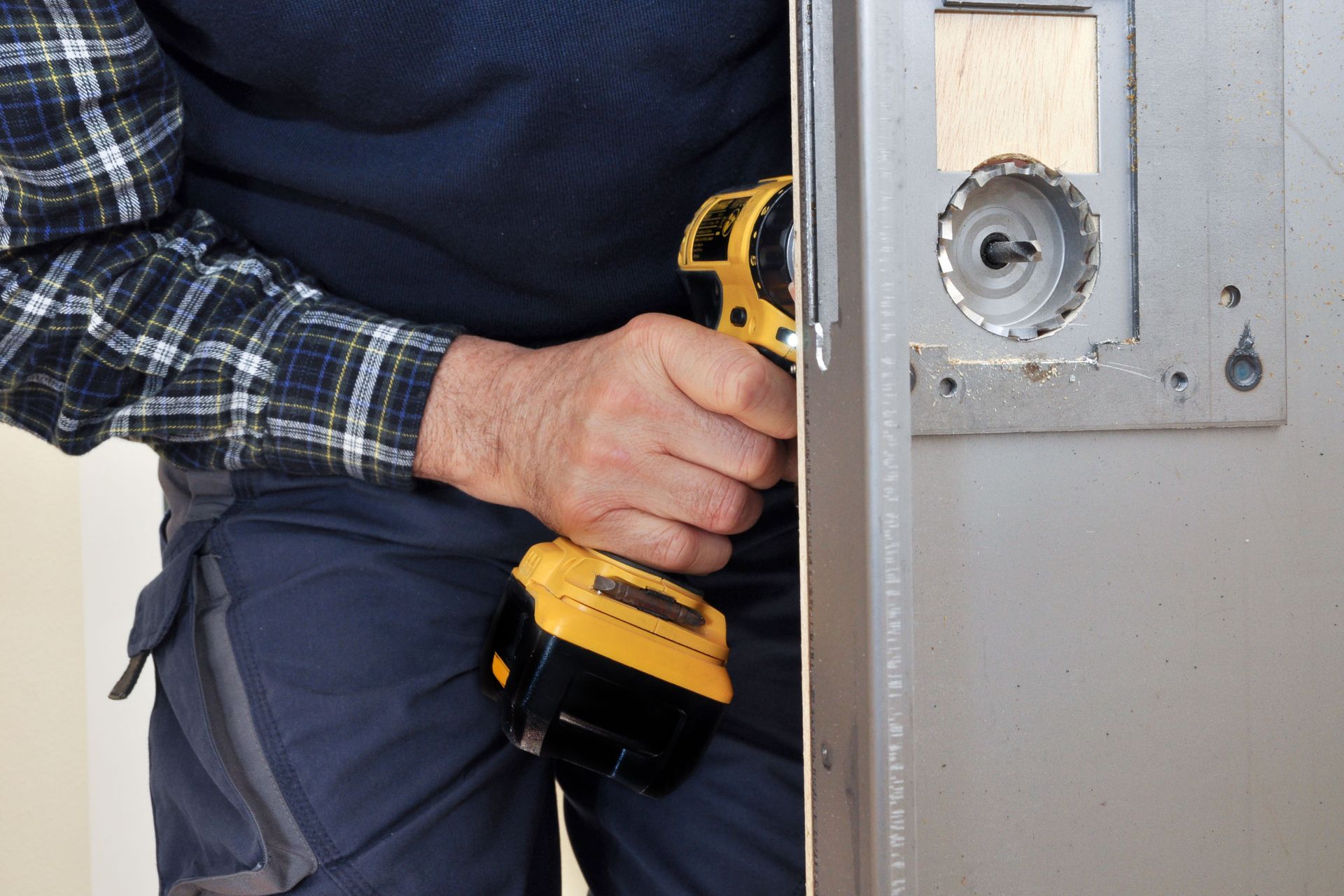
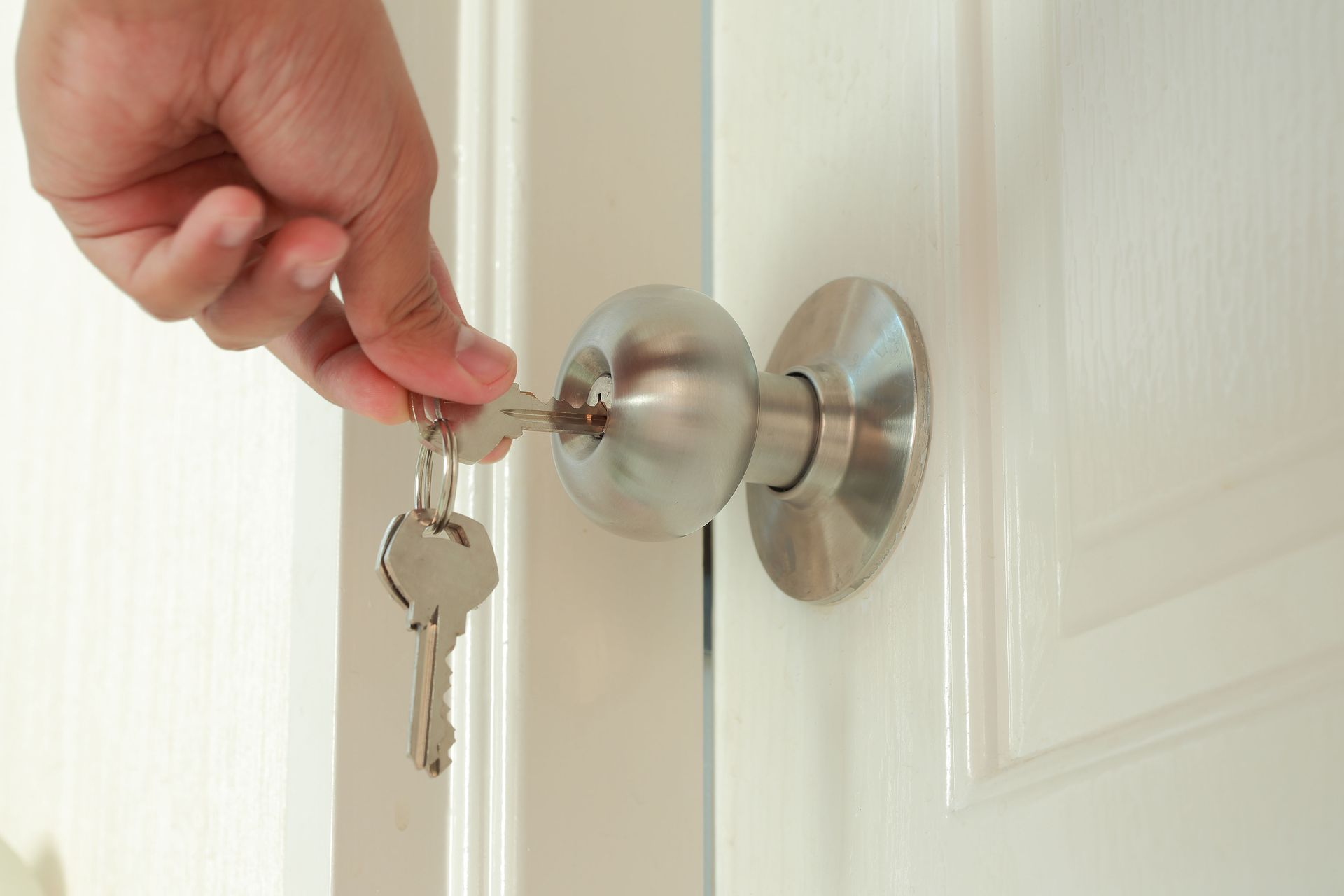

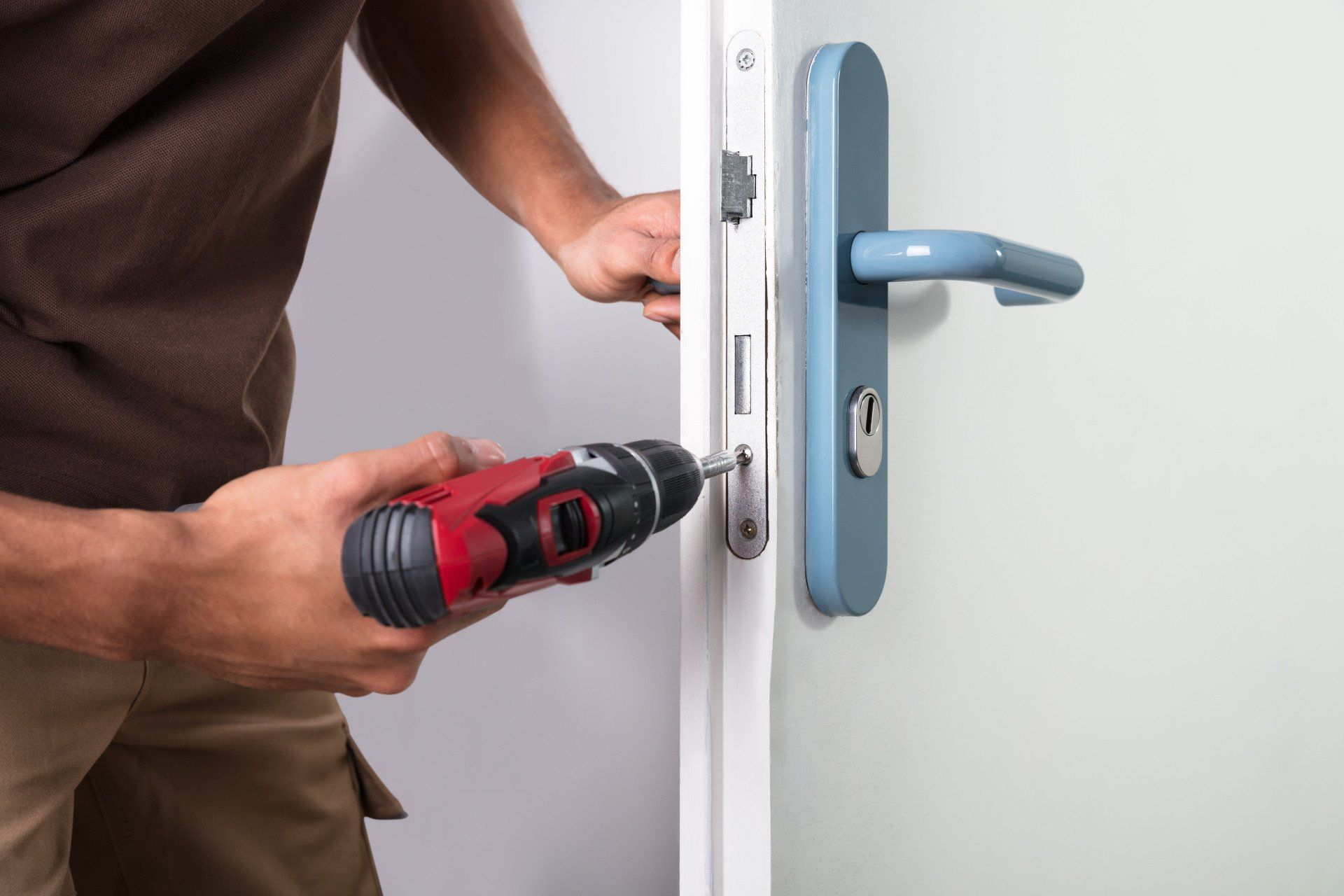
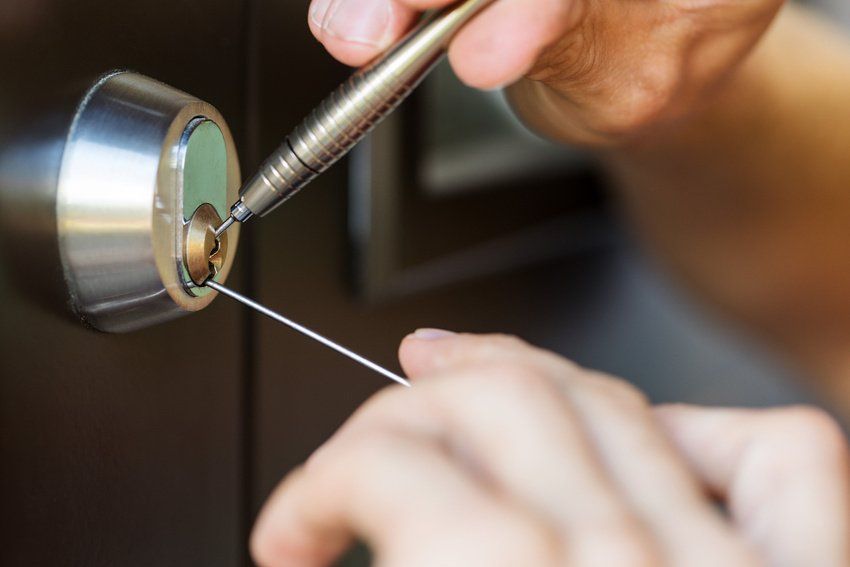
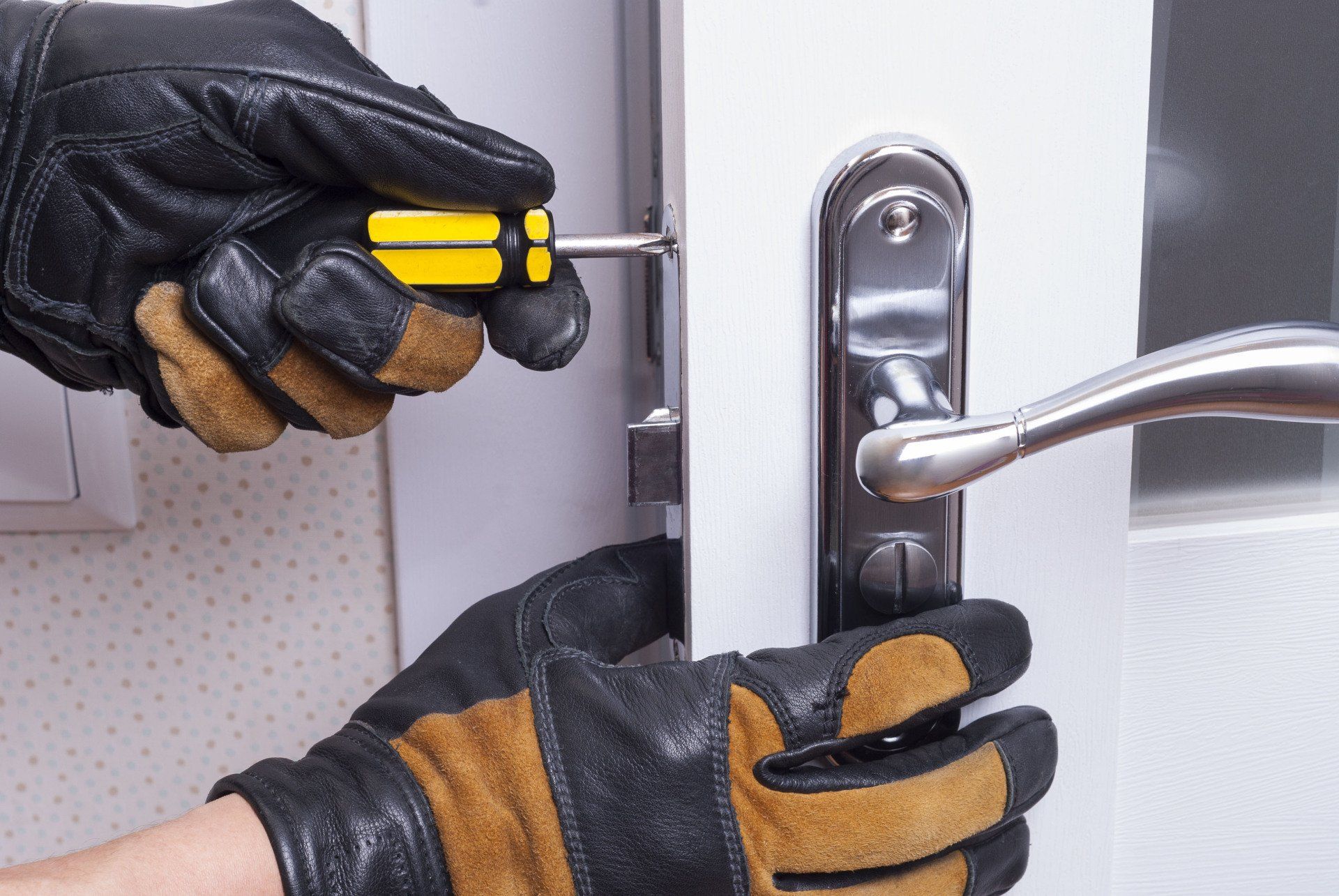

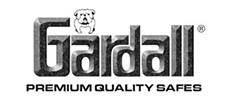

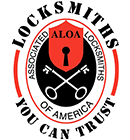

Share On: